
ADHD Awareness - Children's Care - Essential Level
Course Overview ADHD - Children's Care - Essential Level training course intends to provide learners with knowledge and understanding of what ADHD is and what it presents as. It includes the different types of ADHD and describes ineffectiveness, hyperactivity and impulsiveness and discusses the causes. Legislation and interventions are included that can be followed in the workplace. The activities encourage reflection that can be implemented into practice. There is a quiz to complete at the end of the course to consolidate learning. A session re-cap is held where the learner can ask any further questions and key factors are stated by the tutor. Learners are given the opportunity to evaluate their learning experience. This course can be delivered in face-to-face classroom environment or a virtual classroom via a webinar: on PC, laptop etc. For mobile phones it is recommended to use the app for IOS or Android devices. Aims & Objectives Have a basic understanding of what ADHD is Understand how as a carer we support a child or young person with ADHD ADHD and their types Girls and Boys and the effects Causes of ADHD Theory behind ADHD How is ADHD diagnosed Course Audience Practitioners in the health and social care sector.
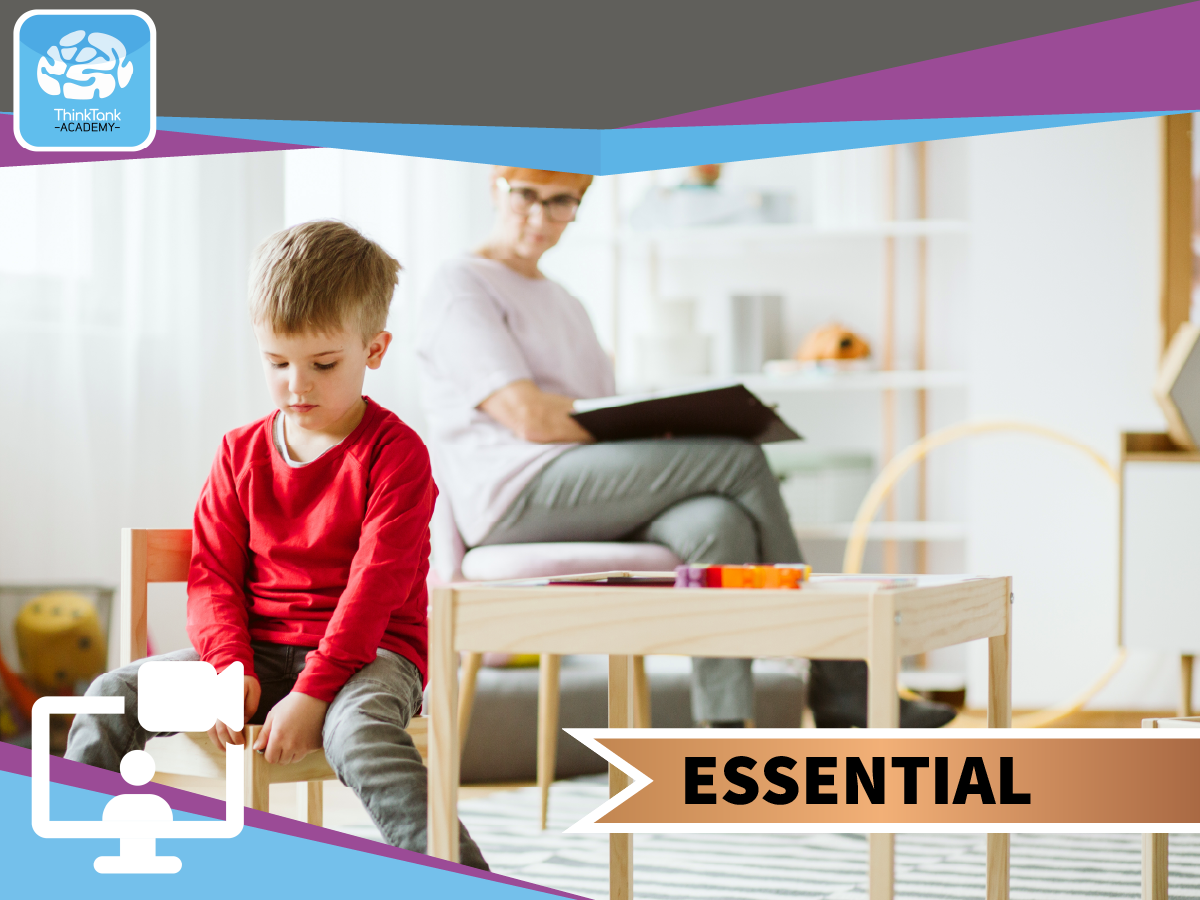
Autism Awareness - Adult and Children's Care - Essential Level
Course Overview Autism Spectrum - Adult and Children's Care - Essential Level training course has been designed for those who are working with Children and Adults with Autistic Spectrum Disorders in the home, classroom or residential environment. It aims to provide the learners with an insight into the lives of people who live with the condition in order for them to then provide appropriate and effective care. It also highlights the importance of adopting a person-centred approach to the teaching and learning of people who have the condition. The course features a range of group work, activities including role play and discussions to enhance learner skill development. This training session can be delivered in both a face-to-face or virtual classroom setting. For mobile phones it is recommended to use the app for IOS or Android devices. Aims & Objective An explanation of Autism Spectrum Disorder (ASD) Outline how ASD affects the way a person communicates and relates to people around them Provide awareness of the behaviour exhibited by some people with Autism Provide strategies to support people with Autism Discuss the importance of person-centred care planning Course Audience Psychologists, Teachers, Speech Therapists, Learning Support Assistants, Residential Social Workers, Health Care Workers, Social Care Workers, Support Centre Practitioners, Youth Workers, Support Worker, Nursing Staff, Children’s Residential Care Workers, Education workers.
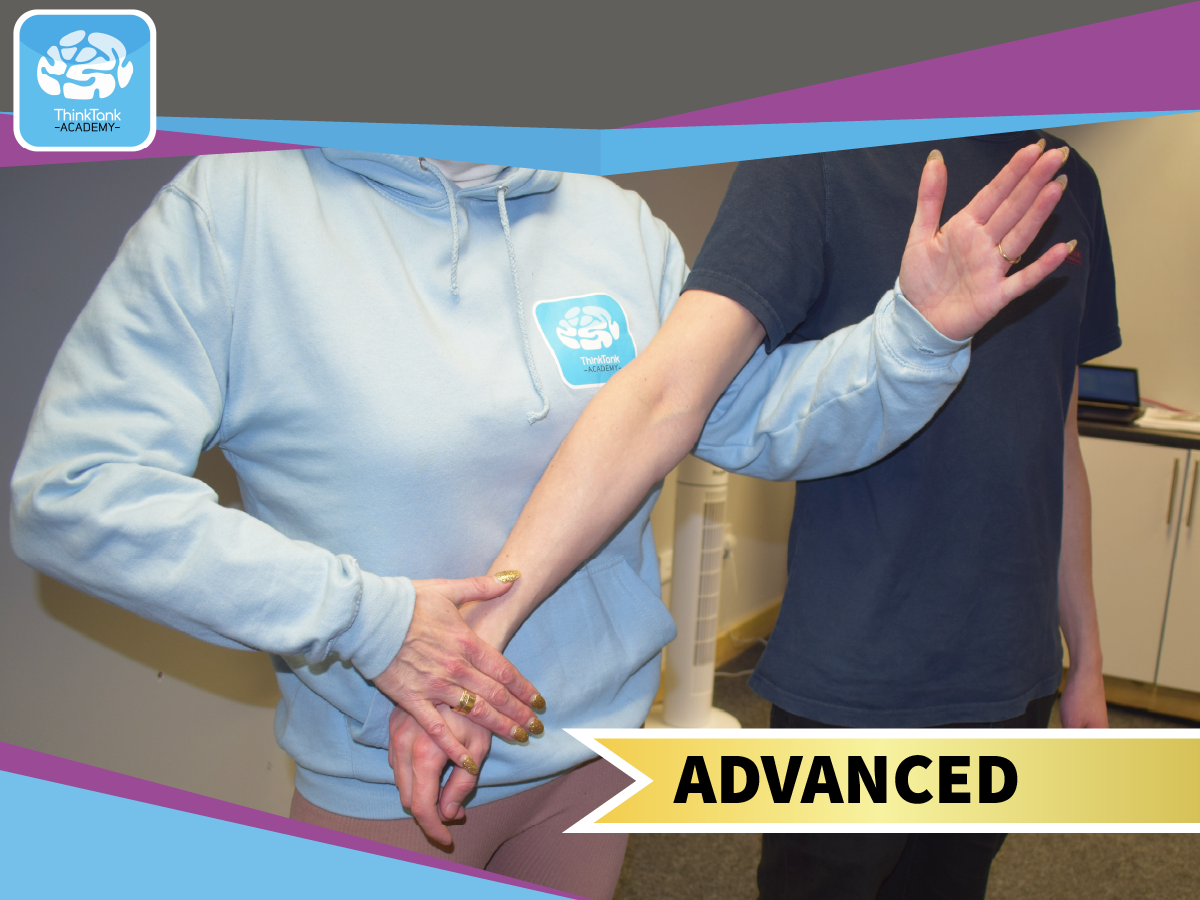
T.A.N.K. Positive Behaviour Support and Physical Intervention - Children's Care (Refresher) - Advanced Level
forthcoming




T.A.N.K. Positive Behaviour Support and Physical Intervention - Children's Care (Refresher) - Advanced Level
forthcoming




T.A.N.K. Positive Behaviour Support and Physical Intervention - Children's Care (Refresher) - Advanced Level
forthcoming


Complaints and Allegations - Children's Care - Intermediate Level
Complaints and Allegations - Children's Care - Intermediate Level Course Overview Complaints and Allegations - Children's Care - Intermediate Level training course is designed to give people the confidence to make a complaint without feeling anxious or uncomfortable. It provides advice on how to support people with complaints procedures and provides advice on how to be honest and open when doing so. The activities encourage reflection that can be implemented into practice. Then, the quiz is completed at the end of the course to consolidate learning. A session re-cap is held where the learner can ask any further questions and key factors are stated by the Tutor. Learners are given the opportunity to reflect on what they have gained from the programme. This course can be delivered in face-to-face classroom environment or a virtual classroom via a webinar: on PC, laptop etc. For mobile phones it is recommended to use the app for IOS or Android devices. Aims & Objectives To comply with the National Minimum Standards for children and Children’s Homes Regulations For all complainants to be confident about complaining without fear of reprisal For the process to be open, transparent and fair To clarify the procedure for making complaints Course Audience Practitioners in the Social Care Sector
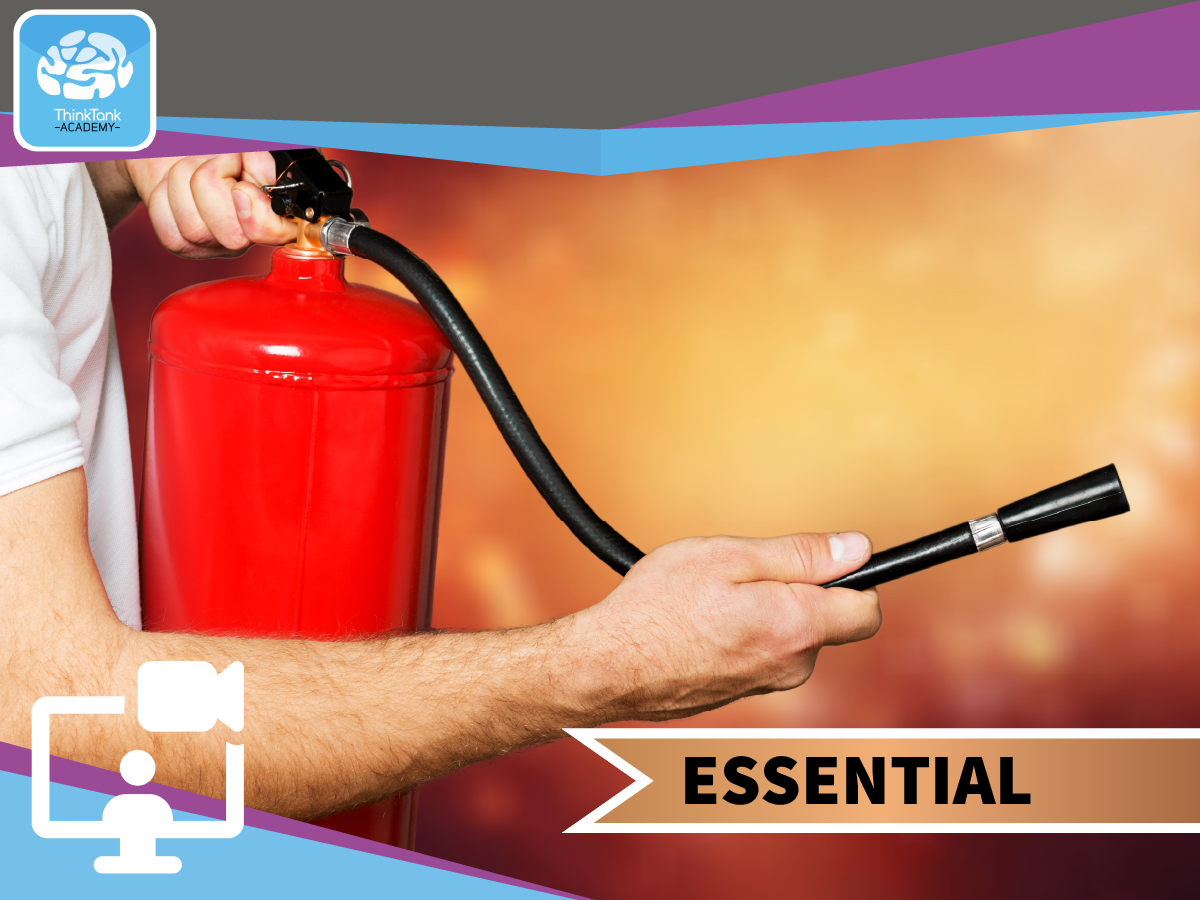

Fire Safety Awareness - Children's Care - Essential Level
Course Overview This course raises awareness around the causes of fire, the dangers associated and how to prevent fires. Evacuation procedure, the use of safety equipment and policy are also covered. This course can be completed via the website, on PC, laptop etc. For mobile phones it is recommended to use the app for IOS or Android devices. Aims & Objectives Improve awareness of the common causes of fire Give you an understanding of appropriate actions to take in the event of a fire Enable you to identify and remove fire hazards Raise your awareness of fire safety equipment and procedures Course Audience Health Care Workers, Social Care Workers, Children’s Centre Practitioners, Youth Workers, Education Workers
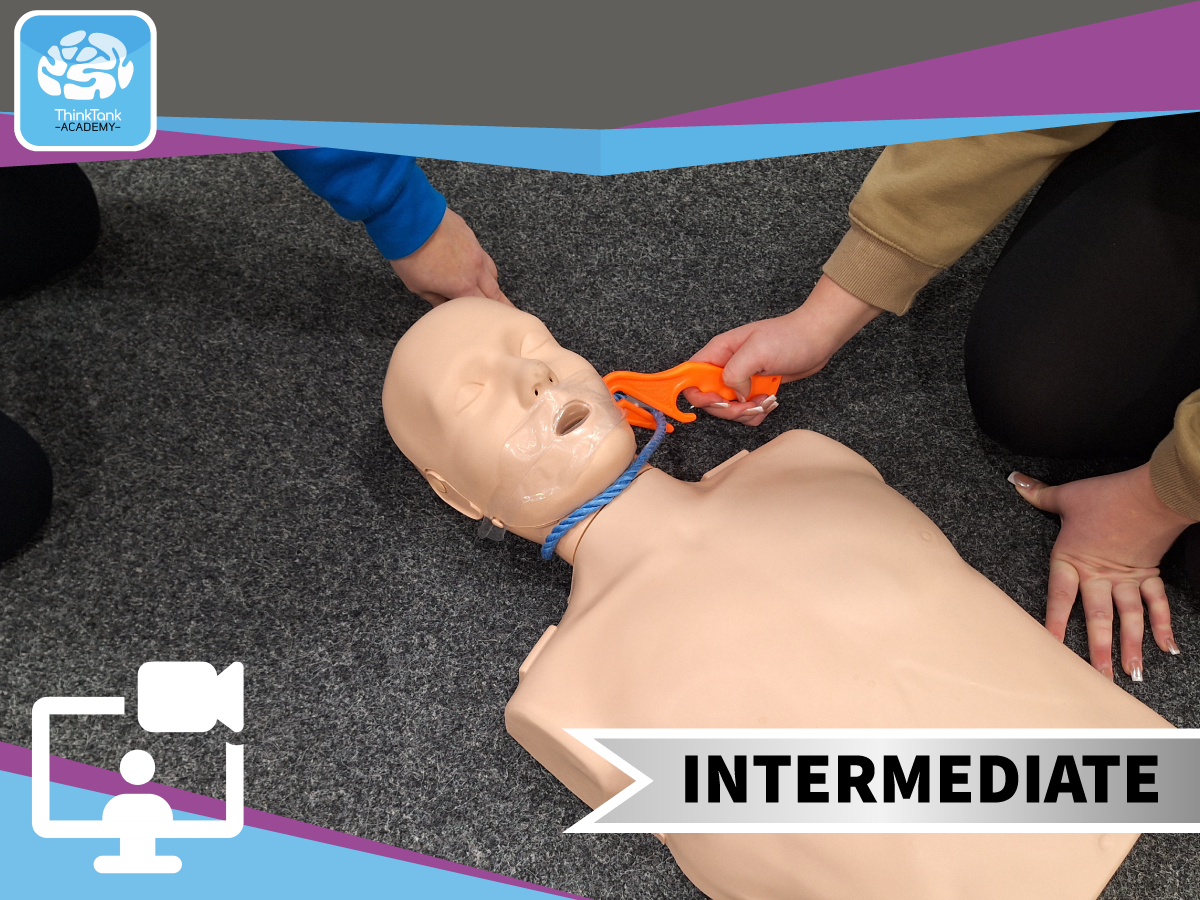




Self-Harm with Ligatures - Children's Care - Intermediate Level
Self-Harm with Ligatures - Children's Care - Intermediate Level Course Overview This course is for individuals who need a higher level of knowledge around the practice of self-harm. It aims to arm practitioners with the skills needed to recognise and understand both the reasons why people self-harm and the indictors that help us to recognise when people are self-harming also to help people replace the methods used with much safer ones (harm reduction). Also included is the less common practice of self-harming by way of ligatures. It is a very uncomfortable thing to support someone with and this part of the course informs staff of everything they will need to understand it, recognise it and act appropriately to people that use this practice. This course can be delivered in face-to-face classroom environment or a virtual classroom via a webinar: on PC, laptop etc. For mobile phones it is recommended to use the app for IOS or Android devices. Aims and Objectives Discuss the practice of self-harm including the use of ligatures Provide support for staff around the issue of self-harm and suicidality Help learners to understand the practice and the need for safer practice and harm reduction Provide facts and statistics around the topic Course Audience This course is designed for practitioners working with children and young people in the Health and Social Care Sector


Introduction to Supervision and Senior Practice - Adult and Children's Care - Intermediate Level
Course Overview Introduction to Supervision and Senior Practice - Children's Care - Intermediate Level intends to provide learners with the knowledge and skills to undertake supervision and other senior tasks such as recording and reporting relevant issues and how to complete risk assessments. The course enables learners to be aware of current legislation that will need to be implemented into your role and gives information on what OFSTED will be expecting to see in your workplace. Also included is a detailed account of what your role will entail and how to measure the overall experiences and progress of children and young people living in the home, how well young people are helped and protected and the impact and effectiveness of leaders and managers. A session re-cap is held where the learner can ask any further questions and key factors are stated by the trainer. Learners are also given the opportunity to evaluate their learning experience. This course can be delivered in face-to-face classroom environment or a virtual classroom via a webinar: on PC, laptop etc. For mobile phones it is recommended to use the app for IOS or Android devices. Aims & Objectives Knowledge around Legislative Framework – New Regulations & Quality Standards How OFSTED will inspect How to undertake shift planning & leading The importance of Reporting & Recording Awareness of Notifications – Regulation 40, 44 & 45 How to compile Plans & risk assessments Understanding of Self-auditing & development Instil learners with confidence around Supervision & Upskilling Course Audience Practitioners who work in a supervisory role in the health and social care sector


Safer Recruitment - Children's Care - Intermediate Level
Course Overview Safer Recruitment - Children's Care - Intermediate Level training course is a training session for people working with children. This course is for those working in Safer recruitment, safer recruitment is a set of practices to help make sure your staff are suitable to work with children. It’s a vital part of creating a safe and positive environment and making a commitment to keep children and safe from harm. The course features a range of group work, activities and discussions to enhance learner skill development. This course offers a blended learning approach including a short scenario, a workbook, infographics and a classroom style training session. This course can be delivered in face-to-face classroom environment or a virtual classroom via a webinar: on PC, laptop etc. For mobile phones it is recommended to use the app for IOS or Android devices. Aims & Objectives Assessing the risks that safer recruitment can pose to children Support your team in Managing Safer Recruitment Understands why it’s important to develop child protection and safeguarding measures and that you have support from the highest level in your organisation Develop a robust safeguarding and safer recruitment policy Outline expectations and behaviours that are acceptable within your organisation Selecting the right staff Course Audience Psychologists, Teachers, Speech Therapists, Learning Support Assistants, Residential Social Workers, Health Care Workers, Social Care Workers, Support Centre Practitioners, Youth Workers, Support Worker, Nursing Staff, Children’s Residential Care Workers.





Self-Harm with Ligatures - Children's Care - Intermediate Level
Self-Harm with Ligatures - Children's Care - Intermediate Level Course Overview This course is for individuals who need a higher level of knowledge around the practice of self-harm. It aims to arm practitioners with the skills needed to recognise and understand both the reasons why people self-harm and the indictors that help us to recognise when people are self-harming also to help people replace the methods used with much safer ones (harm reduction). Also included is the less common practice of self-harming by way of ligatures. It is a very uncomfortable thing to support someone with and this part of the course informs staff of everything they will need to understand it, recognise it and act appropriately to people that use this practice. This course can be delivered in face-to-face classroom environment or a virtual classroom via a webinar: on PC, laptop etc. For mobile phones it is recommended to use the app for IOS or Android devices. Aims and Objectives Discuss the practice of self-harm including the use of ligatures Provide support for staff around the issue of self-harm and suicidality Help learners to understand the practice and the need for safer practice and harm reduction Provide facts and statistics around the topic Course Audience This course is designed for practitioners working with children and young people in the Health and Social Care Sector





Self-Harm with Ligatures - Children's Care - Intermediate Level
Self-Harm with Ligatures - Children's Care - Intermediate Level Course Overview This course is for individuals who need a higher level of knowledge around the practice of self-harm. It aims to arm practitioners with the skills needed to recognise and understand both the reasons why people self-harm and the indictors that help us to recognise when people are self-harming also to help people replace the methods used with much safer ones (harm reduction). Also included is the less common practice of self-harming by way of ligatures. It is a very uncomfortable thing to support someone with and this part of the course informs staff of everything they will need to understand it, recognise it and act appropriately to people that use this practice. This course can be delivered in face-to-face classroom environment or a virtual classroom via a webinar: on PC, laptop etc. For mobile phones it is recommended to use the app for IOS or Android devices. Aims and Objectives Discuss the practice of self-harm including the use of ligatures Provide support for staff around the issue of self-harm and suicidality Help learners to understand the practice and the need for safer practice and harm reduction Provide facts and statistics around the topic Course Audience This course is designed for practitioners working with children and young people in the Health and Social Care Sector



T.A.N.K. Positive Behaviour Support and Physical Intervention - Children's Care - Advanced Level
T.A.N.K. Positive Behaviour Support and Physical Intervention - Children's Care - Advanced Level THINK – ASSESS – NURTURE – KEEP CONTROL Course Overview T.A.N.K. is two-day, classroom-based training programme, designed specifically to help people working with children and vulnerable adults, who can often display challenging behaviour whilst in crisis. T.A.N.K. focuses on developing an understanding of how this behaviour can present itself in the care environment. It provides both theoretical and practical skills to help delegates respond positively employing strategies and interventions that can safely de-escalate situation, minimising the risk to themselves and young person. Delegates are supported to analyse different behaviours, dynamically risk manage situations, considering strategies and interventions to safely manage behaviour. Delegates will analyse and reflect on relationship between trauma attachment, mood, and behaviour leading to long-term improvement. The course features group work, practical activities, and discussion to enhance skills development. Our highly experienced Trainers are passionately dedicated to reducing the use of physical restraints, and although the use of restraints and physical intervention are included, this is as a last resort, only using these when all other strategies have proved unsuccessful. Aims and Objectives Interventions which impact positively on the delegate and the people they support Demonstrate how to positively reinforce good behaviour Reflect on positive and negative consequences of behaviour Provide a toolkit that delegates can use to provide safe and meaningful intervention Introduce the concept of social reinforcement and how this can work in care and support environments Course Audience Residential Care Workers, Health Care Workers, Social Care Workers, Children’s Centre Practitioners, Youth Workers, Teachers and Early Years Practitioners
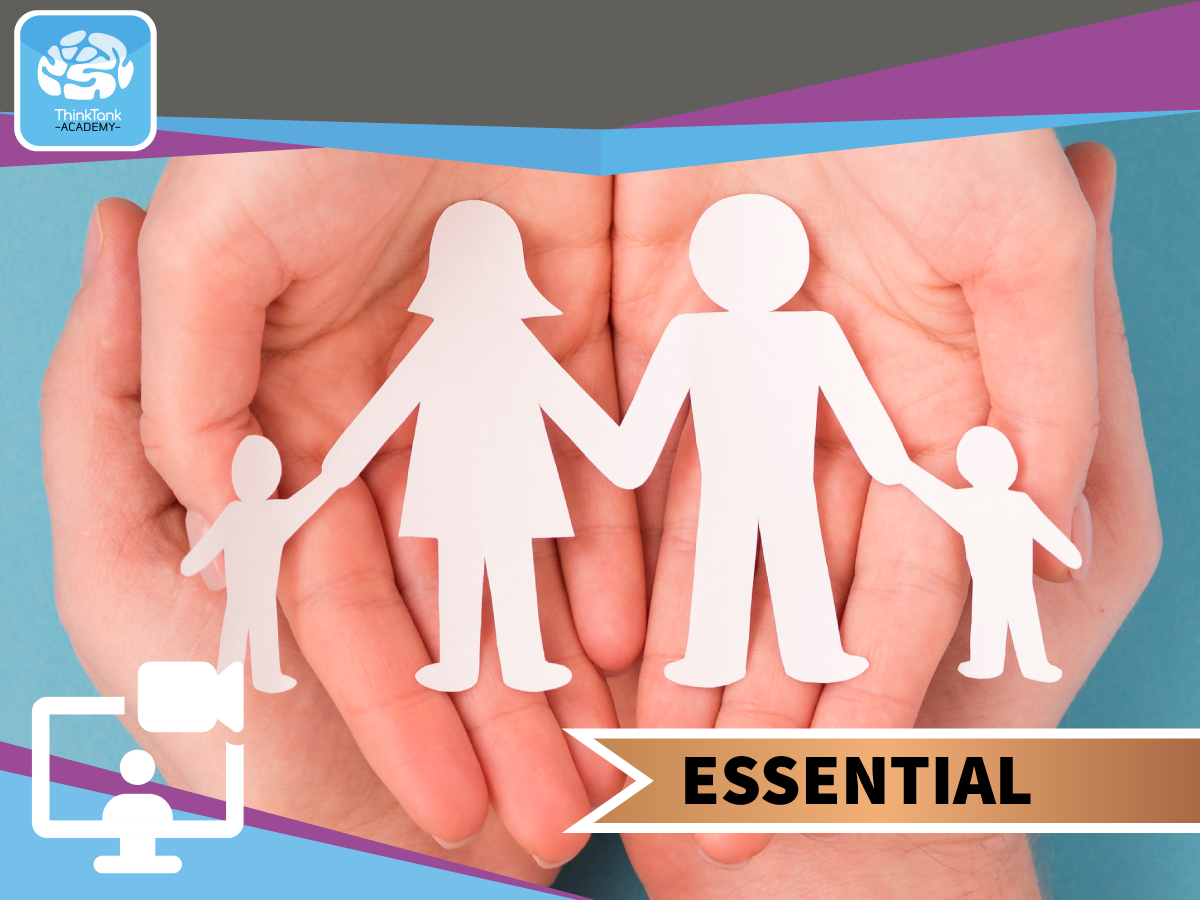

Safeguarding Children - Children's Care - Essential Level
Course Overview This course provides progression from the Safeguarding Children Foundation Level Online course. This is a training session for people working with children and young people. Learners will be encouraged to think about their responsibilities in safeguarding, the process to follow when allegations and disclosures are made and how to respond to poor practice. The course features a range of group work, activities and discussions to enhance learner skill development. This training session can be accessed via a link and is accessible from a range of devices including IOS and Android platforms. This course offers a blended learning approach including a short scenario, a workbook, infographics and a classroom style training session. Aims & Objectives Understanding what Safeguarding means in relation to Children Identify why children are vulnerable and what the signs and indicators are Understand how to respond and record and what needs to be reported Identify what poor practice and what unsafe practice looks like Understand how to whistle blow and what this means Introduce the Complaints Procedure and policies in relation to this Course Audience Health Care Workers, Social Care Workers, Support Centre Practitioners, Youth Workers, Children’s Support Worker, Nursing Staff, Residential Care Staff, Teachers, Psychologists and Assistants, Nursery Workers


Recording and Reporting - Children's Care - Essential Level
Course Overview This course is designed to improve recording and reporting practices in children's health and social care sector. All major high profile serious case reviews have found that recording mistakes were present. The course identifies correct practice and processes for the handling, storing and processing of data including the GDPR legislation and what must be recorded and how by distinguishing the differences between fact, opinion and judgement for professional documentation. It also provides guidance for effective and sufficient reporting of incidents within a care setting. The positive aspects of recording such as Life story Work which is imperative for identity purposes of the Children and Young People that we work with are included. This course can be delivered in face-to-face classroom environment or a virtual classroom via a webinar: on PC, laptop etc. For mobile phones it is recommended to use the app for IOS or Android devices. Aims & Objectives Describe why reports have to be written Explain the meaning of ‘ethical writing’ Identify what to include in reports Recognise the difference between fact, opinion, judgement and hearsay Display documentation Course Audience This course is designed for Practitioners working with Families or Children and Young People.
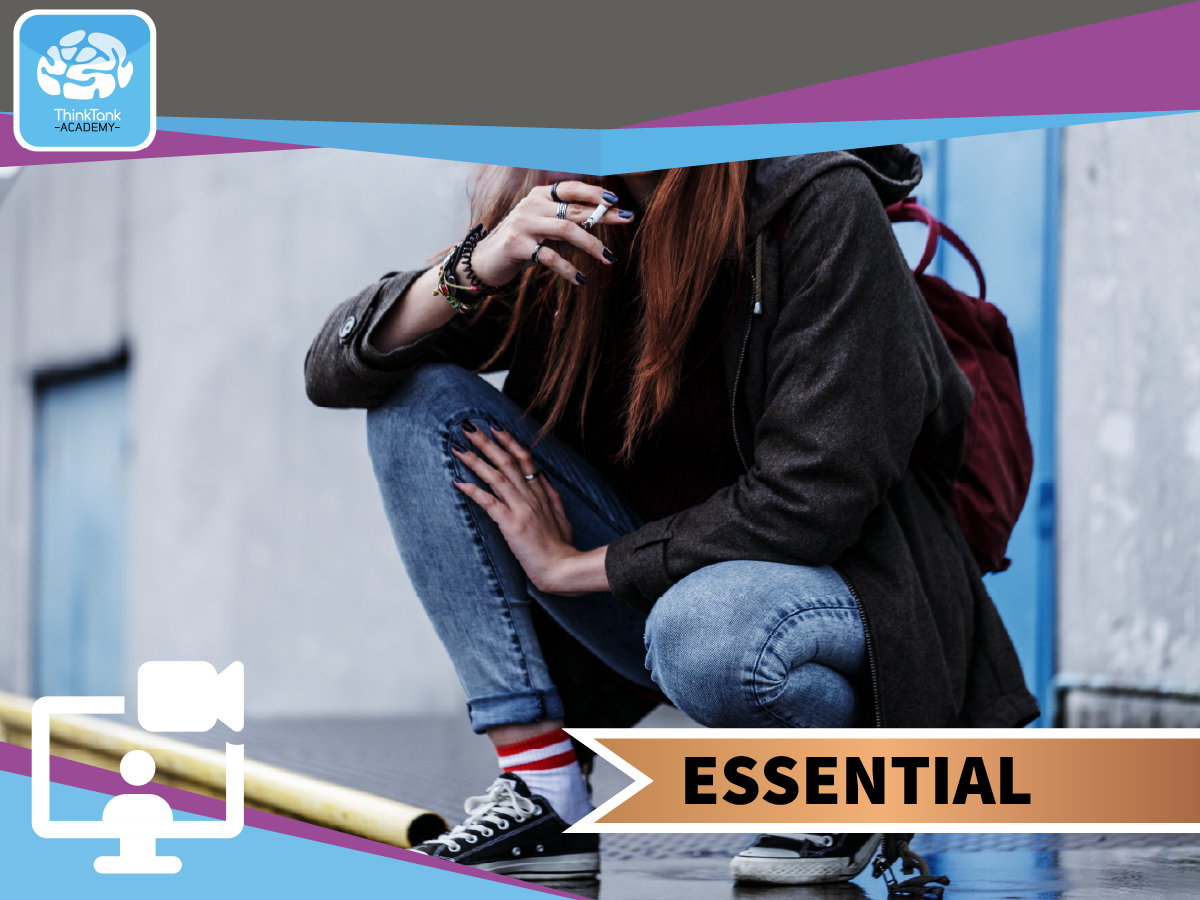

Missing From Care - Children's Care - Essential Level
Course Overview Missing From Care - Children's Care - Essential Level training course is a training session for people working with children and provides progression from our Missing from Care Foundation Level Online course. Learners will be supported to understand the importance of their role in preventing and proactively distracting children from going missing from care, will understand and define the signs and symptoms of the and also the procedures to follow when there is a missing episode. The course features a range of group work, activities including role play and discussions to enhance learner skill development. This training session can be accessed via a link and is accessible from a range of devices including IOS and Android platforms. This course offers a blended learning approach including a short scenario, a workbook, infographics and a classroom style training session. Aims & Objectives To raise awareness of the risks associated with going Missing from Care and identify the learner’s role in prevention and incident management Understand the difference between the terms ‘missing from care’ and ‘absent from care’ Identify the risks of children going Missing from Care Describe their role in before, during and after a ‘Missing episode’ Course Audience Health Care Workers, Social Care Workers, Support Centre Practitioners, Youth Workers, Support Worker, Nursing Staff, Children’s Residential Care Workers
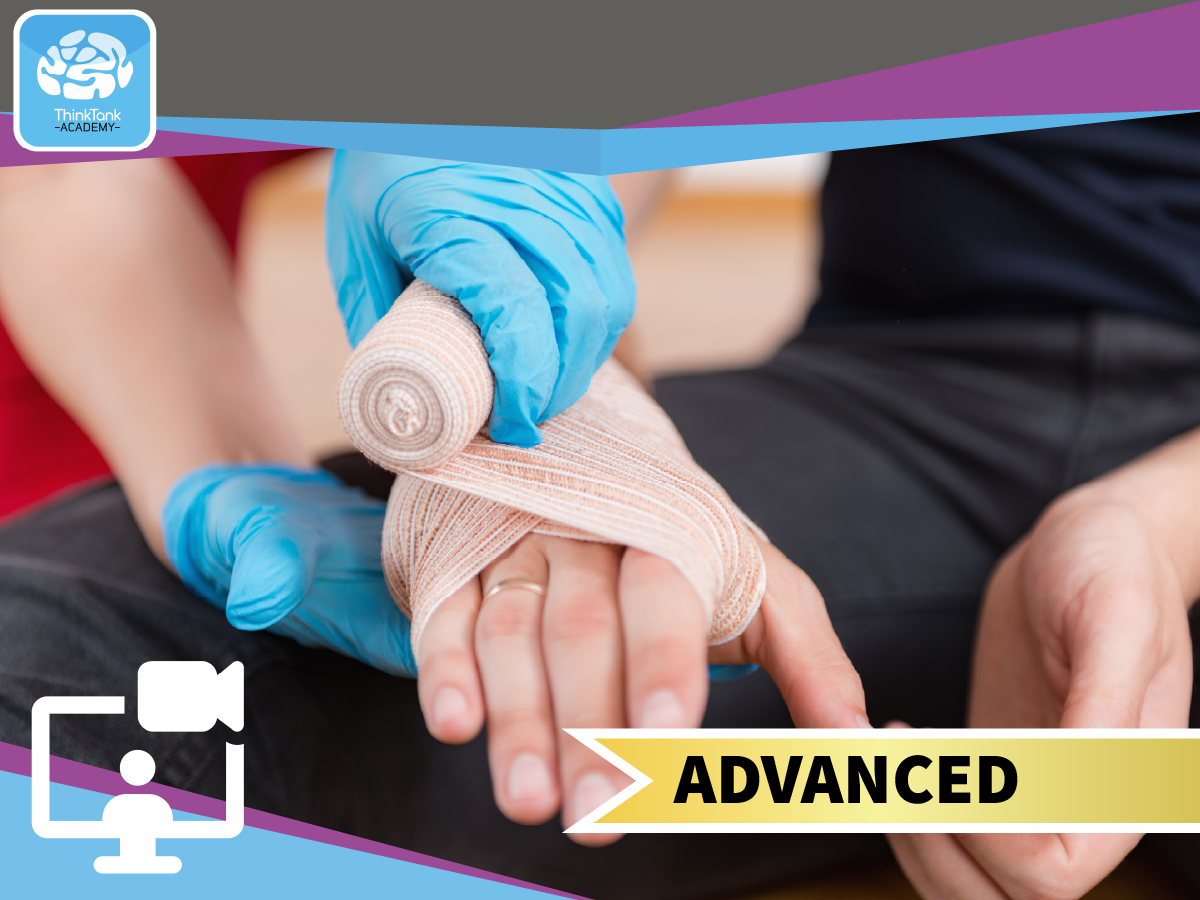

First Aid at Work - Adult and Children's Care - Advanced Level
Course Description First Aid at Work - Adult and Children's Care - Advanced Level - 2 Day Course training course is designed specifically to train people face to face, who are required to be First Aiders at Work. It includes all aspects of First Aid including CPR and the use of defibrillators. It gives an in-depth insight into various illnesses, diseases, conditions, and injuries that are commonly seen in the workplace. There is an element of both practical competency and First Aid knowledge included which gives the learners the best chance possible of helping a person who is injured, the prevention of further injuries and even saving lives. The use of equipment is involved in the course along with demonstrations of treating and bandaging injuries and wounds, stemming bleeds and how to deal with a person who is choking. This course can be delivered in face-to-face classroom environment or a virtual classroom via a webinar: on PC, laptop etc. For mobile phones it is recommended to use the app for IOS or Android devices. Aims and Objectives To provide candidates with the knowledge and expertise to qualify as a first aider within the workplace Describe your actions in an emergency Demonstrate the management of the unresponsive casualty Demonstrate adult resuscitation including use of the AED Describe how to recognise and treat bleeding and shock Explain the management of adult choking Explain the treatment of minor and major injuries Course Audience This course is designed for anyone who is required to be a First Aider in the Workplace.
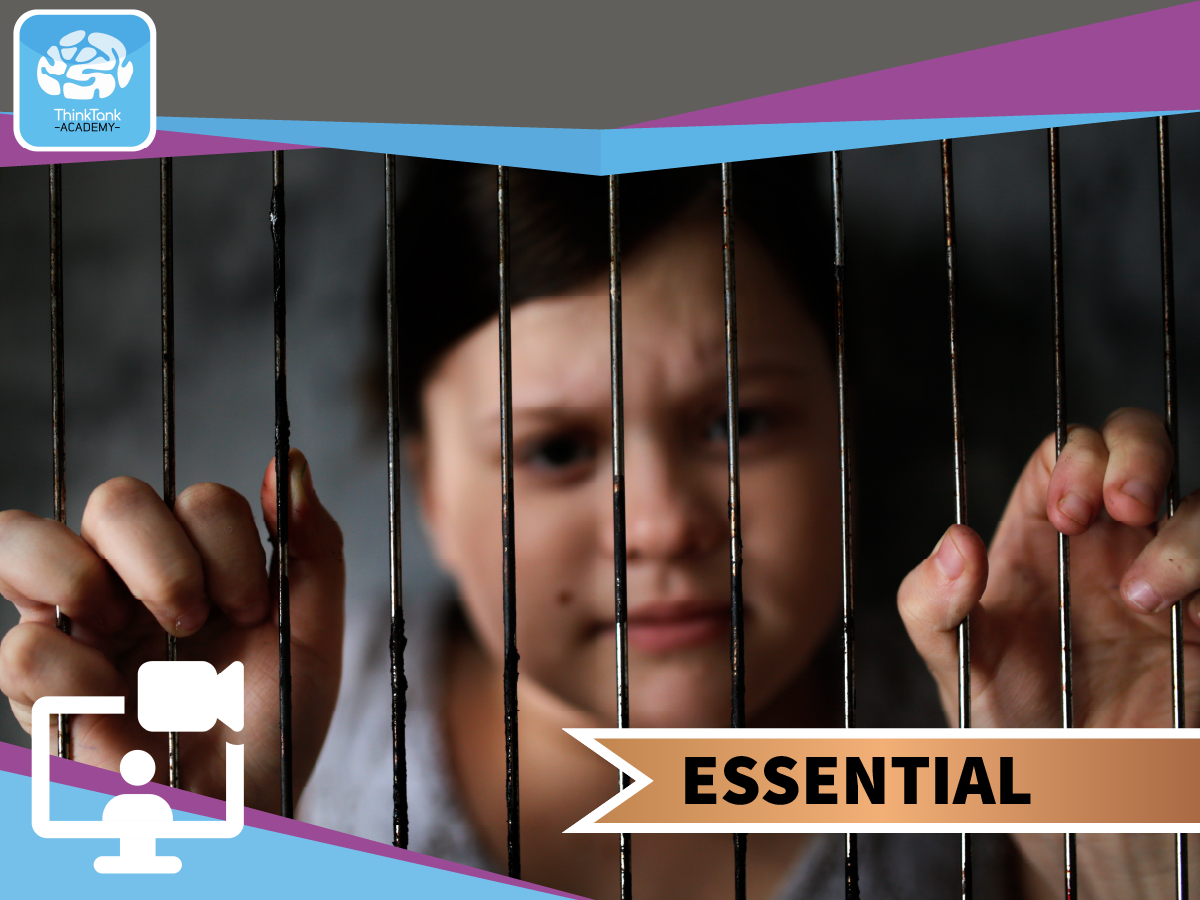

Trauma - Children's Care - Essential Level
Course Overview Trauma - Children's Care - Essential Level training course is designed to aid understanding of Trauma and how it can affect the lives of people long after the event that caused it. An understanding of what causes it will be provided along with techniques and strategies to reduce the negative impact it leaves on people. The activities encourage reflection that can be implemented into practice. Then, the quiz is completed at the end of the course to consolidate learning. A session re-cap is held where the learner can ask any further questions and key factors are stated by the Tutor. Learners are given the opportunity to reflect on what they have gained from the programme. The course features a range of group work, activities and discussions to enhance learner skill development. This training session can be accessed via a link and is accessible from a range of devices including IOS and Android platforms. Aims & Objectives Define Trauma and how the body responds to it Give examples of traumatic experiences and reactions to Trauma Discuss the effects of Trauma on Children and Young People Highlight trauma triggers and responses Give an overview of trauma informed care Discuss that challenges that staff can face and give advice on how to help Children and Young People and the importance of self-care Course Audience Health Care Workers, Social Care Workers, Nursing staff, Day Care/Centre workers, Home Care Staff, Agency staff.





Self-Harm with Ligatures - Children's Care - Intermediate Level
Self-Harm with Ligatures - Children's Care - Intermediate Level Course Overview This course is for individuals who need a higher level of knowledge around the practice of self-harm. It aims to arm practitioners with the skills needed to recognise and understand both the reasons why people self-harm and the indictors that help us to recognise when people are self-harming also to help people replace the methods used with much safer ones (harm reduction). Also included is the less common practice of self-harming by way of ligatures. It is a very uncomfortable thing to support someone with and this part of the course informs staff of everything they will need to understand it, recognise it and act appropriately to people that use this practice. This course can be delivered in face-to-face classroom environment or a virtual classroom via a webinar: on PC, laptop etc. For mobile phones it is recommended to use the app for IOS or Android devices. Aims and Objectives Discuss the practice of self-harm including the use of ligatures Provide support for staff around the issue of self-harm and suicidality Help learners to understand the practice and the need for safer practice and harm reduction Provide facts and statistics around the topic Course Audience This course is designed for practitioners working with children and young people in the Health and Social Care Sector


Administration of Medication for Vulnerable Adults - Adult Care - Essential Level
Course Overview This Administration of Medication training has been written for adults that work in the care industry with vulnerable adults. The course raises awareness and gives an insight into the legislation that relates to Medication Administration and the safe handling of medications. The 6 rights of Medication Administration are discussed in depth to embed good practice within the workplace. Record keeping and the importance of this is highlighted, along with templates of two different types of MAR charts in, the details that are on a MAR chart and why they are there. The importance of checking labels and medication leaflets and why an individual should have knowledge of what the medication is/does before they are administering it. Information around the Storing and disposing of medication to ensure health and safety guidelines can be adhered to is included in the course. Allergies and adverse reactions are incorporated along with the responsibility of support staff should there be concerns about a potential reaction, along with the importance of supporting individuals with self-administration. This course can be completed via the website, on PC, laptop etc. For mobile phones it is recommended to use the app for IOS or Android devices. Aims & Objectives Safe handling of medication 6 R’s Different types of medication Routes into the body Record keeping Storing and disposing of medication How to handle errors Allergies/Adverse reactions Self-administration Course Audience Adult Practitioners in the Adult Social Care sector
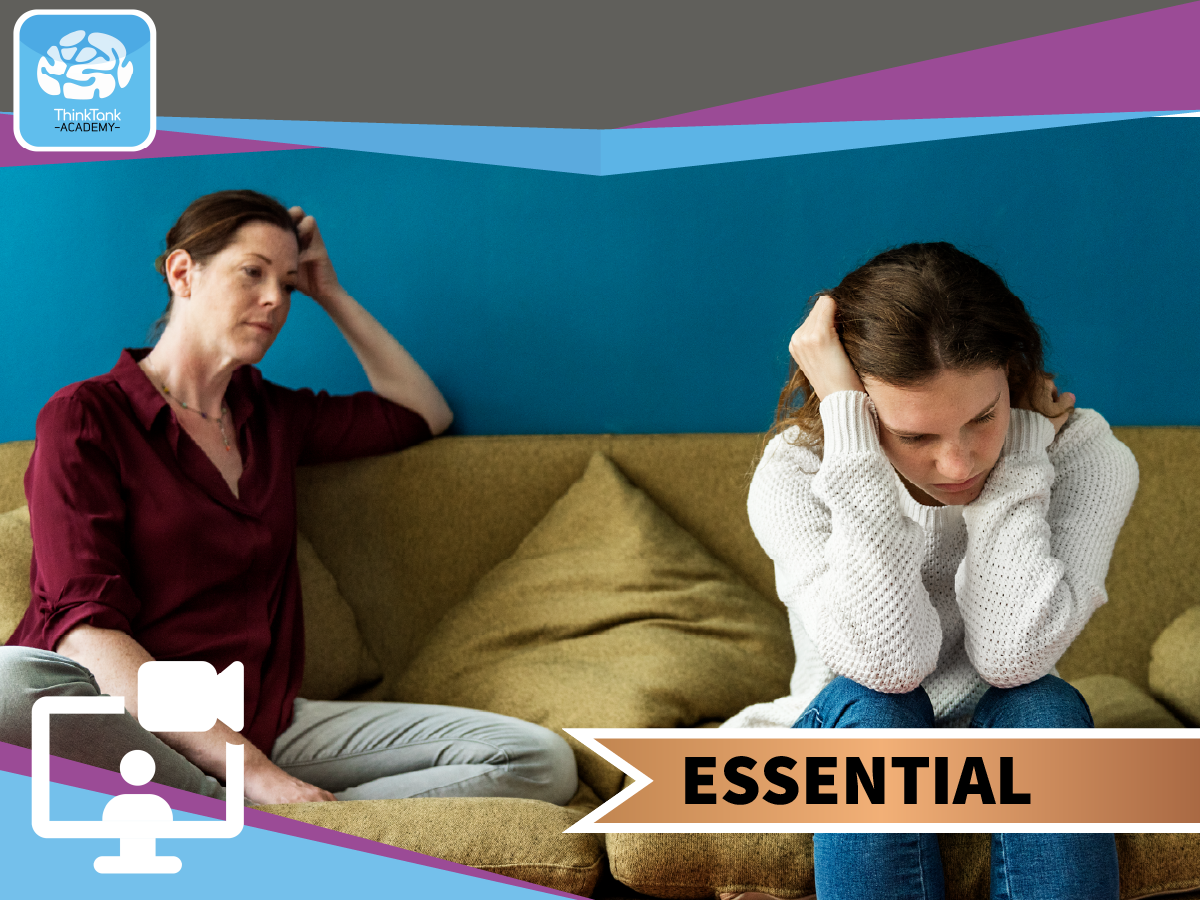

Attachment - Children's Care - Essential Level
Course Overview Attachment - Children's Care - Essential Level training course aims to provide learners with an understanding and awareness of Attachment and encourages each learner to reflect on their own personal attachments and their practice in relation to working with individuals with Attachment Disorders. The course explores the background of Attachment and how early Theorists developed the concepts that underpin Attachment Theory that we still use today. The course features a range of group work, activities and discussions to enhance learner skill development. This course can be delivered in face-to-face classroom environment or a virtual classroom via a webinar: on PC, laptop etc. For mobile phones it is recommended to use the app for IOS or Android devices. Aims & Objectives Define Attachment Disorder Be aware of the underpinning theory of Attachment Identify barriers for Children with insecure attachments Recognise and manage behaviours linked to negative attachments Suggest Strategies to support children with poor Attachments Course Audience Health Care Workers, Social Care Workers, Children’s Centre Practitioners, Education Support Staff and Youth Workers



T.A.N.K. Positive Behaviour Support and Physical Intervention - Children's Care - Advanced Level
T.A.N.K. Positive Behaviour Support and Physical Intervention - Children's Care - Advanced Level THINK – ASSESS – NURTURE – KEEP CONTROL Course Overview T.A.N.K. is two-day, classroom-based training programme, designed specifically to help people working with children and vulnerable adults, who can often display challenging behaviour whilst in crisis. T.A.N.K. focuses on developing an understanding of how this behaviour can present itself in the care environment. It provides both theoretical and practical skills to help delegates respond positively employing strategies and interventions that can safely de-escalate situation, minimising the risk to themselves and young person. Delegates are supported to analyse different behaviours, dynamically risk manage situations, considering strategies and interventions to safely manage behaviour. Delegates will analyse and reflect on relationship between trauma attachment, mood, and behaviour leading to long-term improvement. The course features group work, practical activities, and discussion to enhance skills development. Our highly experienced Trainers are passionately dedicated to reducing the use of physical restraints, and although the use of restraints and physical intervention are included, this is as a last resort, only using these when all other strategies have proved unsuccessful. Aims and Objectives Interventions which impact positively on the delegate and the people they support Demonstrate how to positively reinforce good behaviour Reflect on positive and negative consequences of behaviour Provide a toolkit that delegates can use to provide safe and meaningful intervention Introduce the concept of social reinforcement and how this can work in care and support environments Course Audience Residential Care Workers, Health Care Workers, Social Care Workers, Children’s Centre Practitioners, Youth Workers, Teachers and Early Years Practitioners


Diabetes Awareness - Adult and Children's Care - Essential Level
Course Overview Diabetes Awareness - Adult and Children's Care - Essential Level training course is training session for people working with Children or Vulnerable adults or anyone that suffers from or supports someone with Diabetes. Learners will be supported to understand the legislation and guidance with respect to the condition and will provide guidance on how to support someone in the management of their Diabetes. The course features a range of group work, activities including role play and discussions to enhance learner skill development. This course offers a blended learning approach including a short scenario, a workbook and infographics. This course can be delivered in face-to-face classroom environment or a virtual classroom via a webinar: on PC, laptop etc. For mobile phones it is recommended to use the app for IOS or Android devices. Aims & Objectives Explain the different types of Diabetes Outline diabetes including the pancreas, glucose and insulin Provide awareness of the ways to store medication including pens, storage and sites Provide awareness of different considerations of Infection Control Discuss importance of monitoring blood glucose levels Course Audience Health Care Workers, Social Care Workers, Support Centre Practitioners, Youth Workers, Support Worker, Nursing Staff, Children’s Residential Care Workers, Education workers
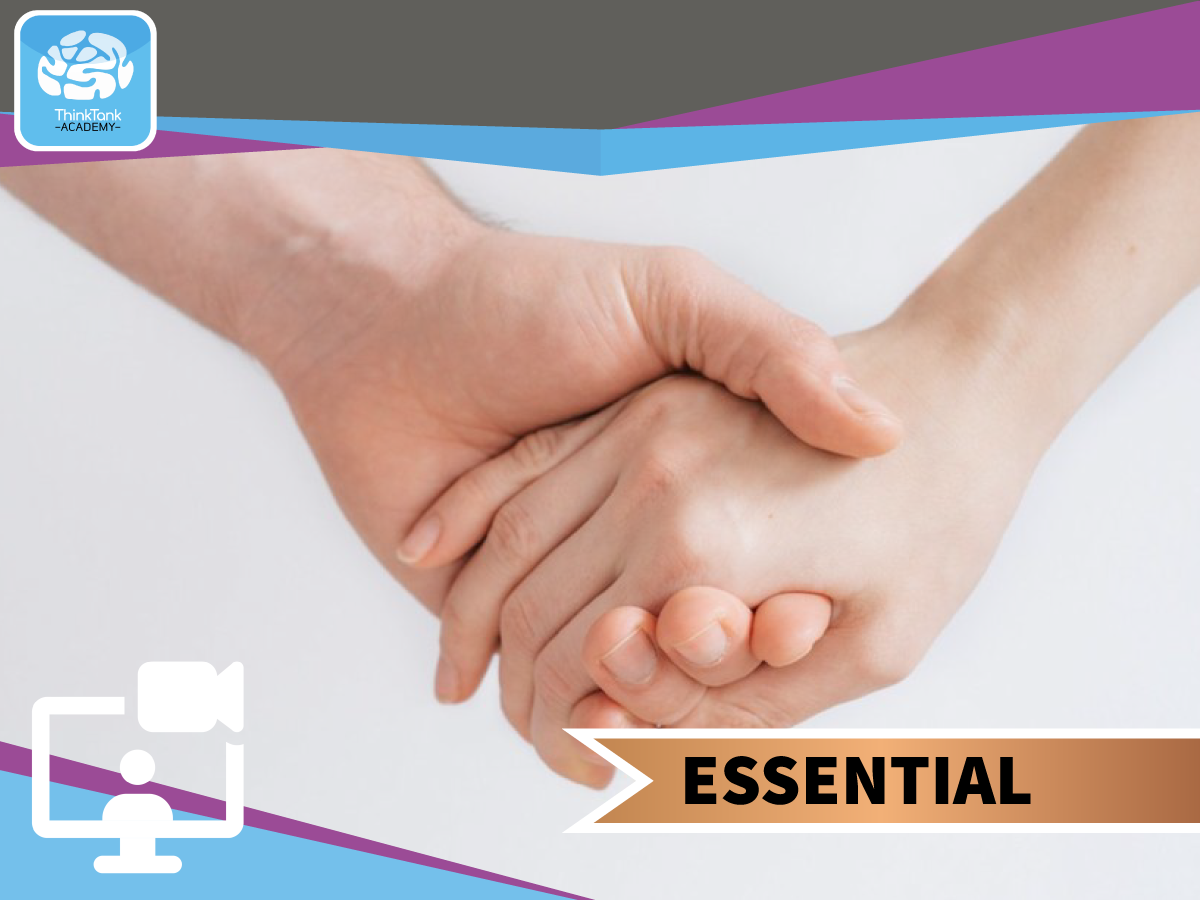

Learning Disability Awareness - Adult Care - Essential Level Level
Overview: To help healthcare support workers and adult social care workers gain an understanding of learning disabilities. Learning Outcomes: Explain what is meant by the term learning disability Identify different levels of learning disabilities Explain different communication strategies used by people with learning disabilities Identify how work practices need to be adjusted in order to meet the needs of people with learning disabilities


Mental Capacity Act and DoLS - Adult and Children's Care - Essential Level
Course Overview This course is designed to provide leaners with a deep insight into Deprivation of Liberty Safeguards. It provides information around what the legislation is, who is involved and how it is implemented into the care provision. It explains the reasons why we remove liberty from some individuals and also explains the decisions that cannot be made on a DoLS order. It provides a brief synopsis of the Mental Capacity Act and how this is linked to DoLS and how it shapes the decisions that are made for the individual by a DoLS order and includes the 5 Statutory principles that underpin the legislation. Advice is also given on how to establish a person’s best interest and when not to take liberty away. Aims and Objectives Provide an overview of relevant legislation Explain the Mental Capacity Act Outline the 5 Statutory principles Provide guidance on decision making Give an understanding of DoLS Provide guidance on Best Interest Decisions State who else can be involved Highlight the importance of good record keeping Course Audience Anyone working in the Health and Social Care sector